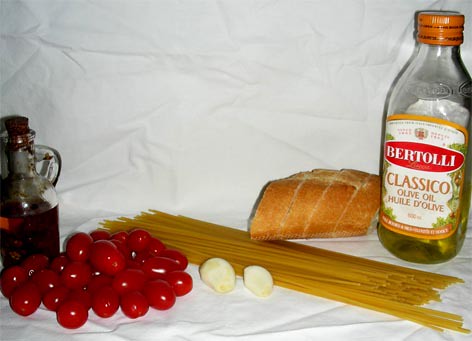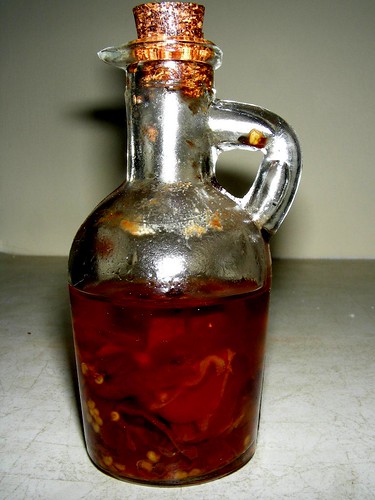
Since 1929, La Cucina Italiana has called itself Italy's premier food and cooking magazine, and it is still a title that it deserves.
What most cooking magazines look like is simple, recipe after recipe after recipe, which can in fact get old and boring after a while. What Cucina does different however, is what makes them the only cooking magazine I will purchase month after month without ever opening the cover at the news stand.
By having stories, tours, profiles on chefs and Italian cities that are off the beaten path but with great culinary history, the magazines helps the reader dig deeper into the history and stories behind the food many people just eat to live. I like to think that I live to eat, but thats a different post.
My favorite story I have read so far was one about polenta, the peasant food eaten mostly in northern Italy. Arturo Zampaglione tells the story about how he grew up in Italy and he would make a big batch of polenta, pour it directly onto a large wooden board and then everyone eats off of the board, which is placed at the centre of the table. In the article, Zampaglione tells how he introduced his New York friends to this tradition by having a polenta dinner at his new apartment in New York City.
These traditions and stories are what to me makes a cooking magazine stand out, and give the reader more then just some recipes they probably already have in a cook book hidden on their shelves. I would think that the people who purchase cooking magazines probably have a deeper love for food then most people, so by having stories and experiences like this, it gives La Cucina Italiana the kick to make it such a better magazine.





